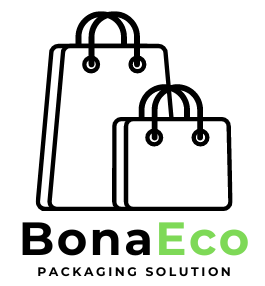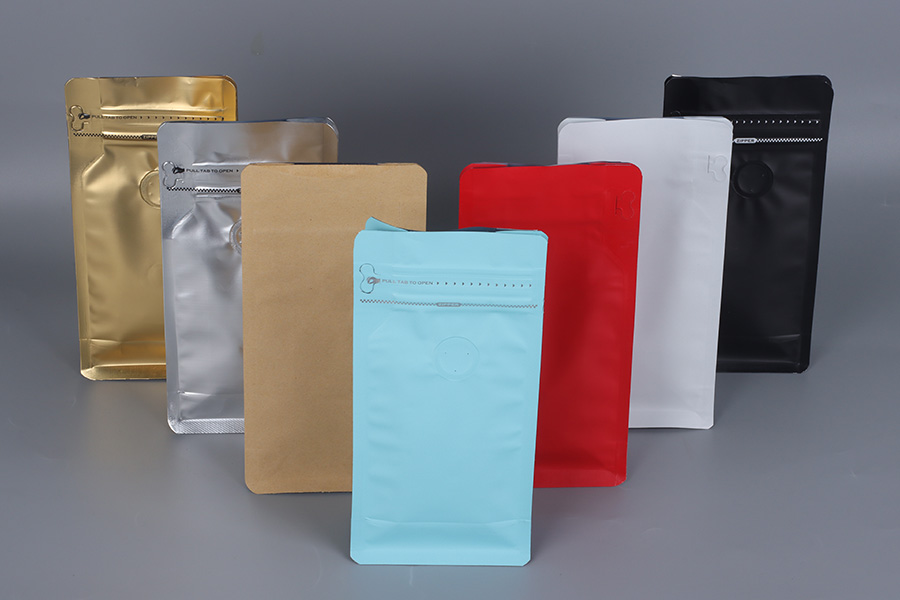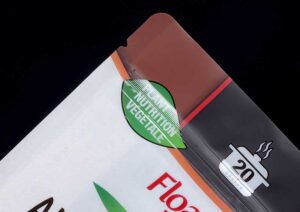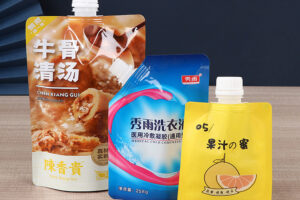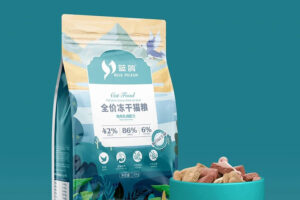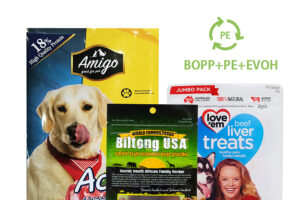Are you concerned about the environmental impact of traditional packaging materials? With growing awareness of sustainability, businesses and consumers are seeking eco-friendly alternatives. Biodegradable packaging bags offer a solution that not only reduces waste but also supports a healthier planet. Understanding their benefits and uses can help you make more informed choices.
Biodegradable packaging bags are made from materials that can break down naturally over time, minimizing environmental impact. These bags decompose through natural processes, unlike conventional plastics. By choosing biodegradable options, businesses can reduce their carbon footprint and appeal to eco-conscious consumers.
But why should you switch to biodegradable packaging bags? The answer is simple: they are better for the environment and can enhance your brand’s reputation.
How Do Biodegradable Packaging Bags Work?
Biodegradable packaging bags are designed to break down into natural elements when exposed to environmental conditions such as light, air, moisture, and microbes. They are typically made from materials like plant-based polymers, starch blends, and bioplastics.
Biodegradable materials decompose naturally without leaving harmful residues. This process helps reduce plastic pollution and conserves natural resources. Choosing these materials supports a sustainable future.
What Are the Benefits of Using Biodegradable Packaging Bags?
The benefits of biodegradable packaging bags extend beyond environmental advantages. They offer a range of practical and commercial benefits as well.
Environmental Impact: These bags significantly reduce waste and pollution. They break down faster than traditional plastics, decreasing the burden on landfills.
Brand Image: Using eco-friendly packaging enhances your brand’s image. It appeals to eco-conscious consumers and demonstrates your commitment to sustainability.
Regulatory Compliance: Many regions are introducing stricter regulations on plastic use. Biodegradable packaging helps you comply with these laws and avoid potential fines.
Are Biodegradable Packaging Bags Durable?
A common misconception is that biodegradable bags lack durability. However, many of these bags are designed to be strong and reliable for their intended use. Materials like PLA (Polylactic Acid) and PHA (Polyhydroxyalkanoates) offer good strength and flexibility.
Biodegradable bags can be as durable and functional as conventional plastic bags. They are suitable for various applications including food packaging, retail, and shipping.
How Do Biodegradable Bags Compare to Compostable Bags?
While both biodegradable and compostable bags are environmentally friendly, there are key differences. Compostable bags require specific conditions to break down, typically in industrial composting facilities. Biodegradable bags, on the other hand, can decompose in natural environments.
Biodegradable bags decompose naturally without needing industrial composting. Compostable bags, however, need controlled conditions to break down completely. Understanding these differences helps in making the right choice for your needs.
What Are the Different Types of Biodegradable Packaging Bags?
There are several types of biodegradable packaging bags, each with unique properties and uses.
- PLA Bags: Made from fermented plant starch, PLA bags are used for food packaging and shopping bags.
- PHA Bags: These are produced by microbial fermentation of sugars and are ideal for biomedical applications and packaging.
- Starch-Based Bags: Composed of starch and other biodegradable polymers, these bags are suitable for grocery bags and garbage bags.
Each type offers specific benefits and is chosen based on the intended application.
How Can Businesses Transition to Biodegradable Packaging Bags?
Transitioning to biodegradable packaging requires careful planning and consideration. Here are steps businesses can take:
- Assess Needs: Identify the types of packaging you use and explore biodegradable alternatives.
- Supplier Research: Find reputable suppliers that offer high-quality biodegradable packaging options.
- Cost Analysis: Evaluate the costs associated with switching to biodegradable bags and consider long-term benefits.
- Consumer Communication: Inform customers about your switch to eco-friendly packaging and its benefits.
Implementing these steps ensures a smooth transition and helps in gaining consumer support.
What Are the Challenges of Using Biodegradable Packaging Bags?
Despite their benefits, biodegradable packaging bags come with challenges. Understanding these can help mitigate potential issues.
- Cost: Biodegradable bags can be more expensive than traditional plastic bags. However, the cost may decrease with increased demand and production.
- Performance: Some biodegradable materials may not perform as well under certain conditions. It’s important to choose the right type for your application.
- Availability: Access to biodegradable options can be limited in some regions. Partnering with global suppliers can help overcome this challenge.
How Do Biodegradable Bags Impact the Environment?
The environmental impact of biodegradable bags is significantly lower than that of conventional plastics. They reduce plastic pollution, conserve natural resources, and support a circular economy. When biodegradable bags decompose, they release fewer greenhouse gases compared to traditional plastics.
Biodegradable bags contribute to lowering carbon footprints and promoting sustainable practices. They help in reducing landfill waste and conserving natural ecosystems.
Conclusion
Biodegradable packaging bags offer a sustainable solution to traditional plastic packaging. They decompose naturally, reducing waste and pollution. By switching to biodegradable options, businesses can enhance their brand image, comply with regulations, and support environmental conservation. Understanding the benefits, types, and challenges of biodegradable bags can help in making informed decisions that align with sustainability goals.
